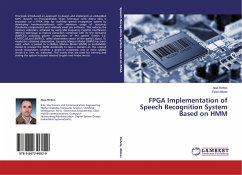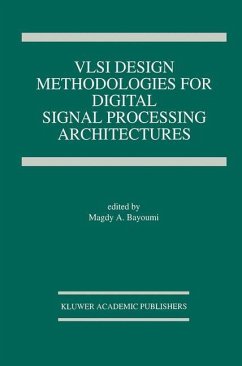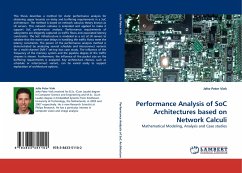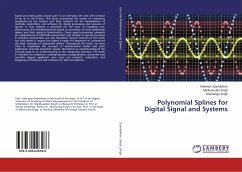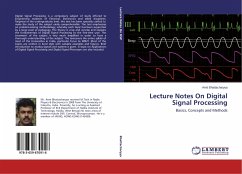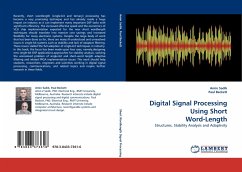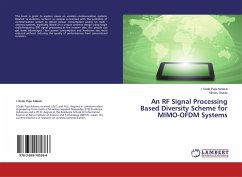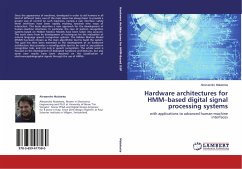
Hardware architectures for HMM-based digital signal processing systems
with applications to advanced human-machine interfaces
Versandkostenfrei!
Versandfertig in 6-10 Tagen
55,99 €
inkl. MwSt.

PAYBACK Punkte
28 °P sammeln!
Since the appearance of machines, developed in order to aid humans in all kind of different tasks, one of the main issues has always been to provide a proper way of control on such machines, namely a user interface. Lately these interfaces have been rapidly evolving towards new ways of interaction. This book describes a new approach for the development of human-machine interfaces. In particular the case of pattern recognition systems based on Hidden Markov Models have been taken into account. The work starts from he development of techniques for the realization of natural language speech recog...
Since the appearance of machines, developed in order to aid humans in all kind of different tasks, one of the main issues has always been to provide a proper way of control on such machines, namely a user interface. Lately these interfaces have been rapidly evolving towards new ways of interaction. This book describes a new approach for the development of human-machine interfaces. In particular the case of pattern recognition systems based on Hidden Markov Models have been taken into account. The work starts from he development of techniques for the realization of natural language speech recognition systems. The Hidden Markov Model (HMM) has been chosen as the main algorithmic tool to build the system. The goal has then been extended to the development of an hardware architecture that provides a reconfigurable tool to be used in any pattern recognition task, and not only in speech recognition. The whole work is focused on the development of dedicated hardware architectures, but also some new results have been obtained on the classification of electroencephalographic signals through the use of HMMs.



